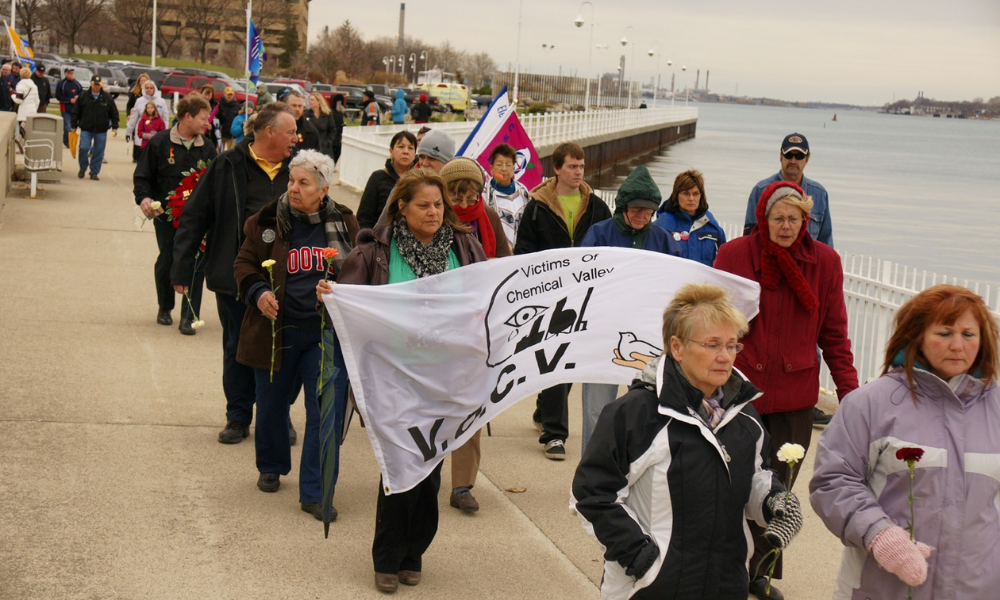'Historic' workplace diseases not a past problem but a present issue

Ever heard of writer’s cramp? How about fiddler’s neck? Or surfer’s ear? Serious conditions sustained from seemingly low-risk activities.
From cataracts caused by glass blowing to illnesses stemming from continued exposure to substances such as beryllium, benzene, lead, zinc oxide, silica dust or asbestos, occupational diseases are a devastating aspect of workplace health and safety.
One of the earliest occupational cancers on record is “soot wart” or chimney sweep’s cancer – a squamous cell carcinoma of the skin of the scrotum (not the most glamorous, but then again no occupational disease is).
The condition was first identified by British surgeon Sir Percivall Pott in 1775. It is likely that the cancer was caused by occupational exposure to soot. Pott found that the sweat caused by sending men and boys (some very young) up into hot chimneys would allow the soot to adhere to their wet skin, later causing warts and then cancer.
And this is but one of many – quite frankly gruesome – conditions that I read about while researching occupational diseases. The Industrial Revolution era is rife with them. While soot wart is (thankfully) no longer an issue, occupational exposures remain a cause of concern in a number of modern industries, and the path to recognition (and thus compensation) can be very difficult.
Over the last few months I have spoken with advocates, researchers, union reps, compensation boards and workers suffering from occupational diseases for our recent series on historical exposures.
I first became interested in the topic of occupational disease when I did an article last year on ill-fitting PPE for women (which can lead to high injury rates). I spoke with Jim Brophy of the University of Windsor who suggested that I look into occupational breast cancers – a topic he and his partner Margaret Keith have done an endless amount of research into.
Thousands of words later, I have barely scratched the surface of the issue of occupational exposures in Canada. We have focused to a large extent on Ontario but there are clusters all around the country.
Reporting on these historic exposures has opened my eyes to the injustice that these workers and their families have faced – and are still facing. One of the women I spoke to has been waiting 25 years for an answer on her claim with no clear end in sight.
Though there are a few good eggs trying to bring some measure of justice, I can’t help but think that the system in its current form is flawed.
No one should ever have to die for a job. We work to live, we don’t live to work. Many of these workers only got to live a little, certainly not as long as they should have. And now they leave behind spouses and children who are left to navigate an opaque system, and left to financially flounder while waiting for just compensation.
The system needs to do better to acknowledge these realities of occupational diseases:
- That many of the workers affected come from lower income backgrounds, and may face additional hardships if they are women or are racialized workers. They may struggle to access the funds needed to take legal action or fight claim denials. They may fear speaking up in case they lose their job and their source of income.
- That there is a lack of research and thus understanding of the way these exposures affect the human body. While the idea that there is a latency period is widely accepted, there is still little to no research being done into the cumulative effects of these exposures. In many of these workplaces, workers were exposed to a wide array of different substances. Sure, our understanding of asbestos or silica exposure has improved, but how about exposure to asbestos AND silica AND other toxic substances?
- That what happened to these workers was quite simply unfair. Though our understanding of hazardous substances is far more advanced nowadays, workers back in the day largely didn’t know that they were being harmed. It was an invisible danger. They deserve a voice and a system that works in their favour and holds the companies responsible for these exposures accountable – something which they have largely evaded.
So where do we go from here?
I’m cautiously optimistic about the situation in Ontario. The Occupational Disease Reform Alliance (ODRA) has formed to advocate on behalf of clusters around the province. The Ontario government has formally recognized Parkinson’s as an occupational disease linked to McIntyre Powder. The WSIB has announced that it is establishing a new scientific advisory table on occupational disease.
With an election looming, let’s hope that these great steps forward are not just to curry favour but the build blocks needed to finally bring justice to a system that has been a burden for so many.
I hope that COS has helped to shed light on a topic that is thankfully gaining traction in the OHS world but one that needs more: more research, more funding, more fairness and ultimately more accountability.
OCCUPATIONAL EXPOSURES SERIES
Part One – Ontario miners exposed to aluminum dust still fighting for justice
Part Two – How entire community was affected by 'invisible disease'
Part Three – Hundreds of ex-plant workers struck down by lung disease, cancer
Part Four – Plastics workers' fight for justice: Number of deaths 'astronomical'
Part Five – Why tracking risk of disease in the workplace is a national issue
Part Six – WSIB under fire for ignoring workers’ claims despite ‘brutal’ exposures (and Part Seven, WSIB’s response – WSIB says they are 'here to help', refutes criticism of exposure claims)
Part Eight – Memory loss, digestive issues, sleep apnea, and scores already dead
Part Nine – Rubber workers exposed to toxic fumes and benzene now stricken with cancer
Part Ten – In Chemical Valley, widows have waited decades for compensation
Part Eleven – Hundreds of occupational cancer claims made – hundreds left to go





